
Ingredient
Pasta wholemeal
The Wholesome Grain Delight
Pasta wholemeal is made from whole wheat flour, which retains the bran and germ of the wheat grain, providing additional fiber, vitamins, and minerals. It has a slightly nutty taste and a firmer texture compared to regular pasta.
Origins and history
Whole wheat pasta has been consumed for centuries, with evidence of its existence dating back to ancient civilizations such as the Etruscans and Romans. It gained popularity as a healthier alternative to refined wheat pasta due to its higher nutritional content.
Nutritional information
Pasta wholemeal is a good source of dietary fiber, protein, and essential minerals such as iron and magnesium. It is also lower in calories and has a lower glycemic index compared to refined pasta.
Allergens
Pasta wholemeal may contain gluten, making it unsuitable for individuals with gluten intolerance or celiac disease. It is important to check the packaging for any potential cross-contamination with gluten-containing ingredients.
How to select
When selecting pasta wholemeal, look for brands that use high-quality whole wheat flour and have a coarse texture. The pasta should have a golden brown color and a slightly rough surface, indicating that it is made from whole grains.
Storage recommendations
To maintain the freshness and quality of pasta wholemeal, store it in an airtight container in a cool, dry place. Avoid exposure to moisture or heat, as it can cause the pasta to become stale or spoil.
How to produce
Pasta wholemeal can be produced by milling whole wheat grains into flour and then using the flour to make pasta dough. The dough is typically rolled out and cut into desired shapes before being cooked.
Preparation tips
Pasta wholemeal can be prepared by boiling it in salted water until al dente, which usually takes slightly longer than refined pasta. It pairs well with a variety of sauces, including tomato-based, creamy, or pesto sauces. It can also be used in salads or baked dishes such as casseroles and lasagnas.
Substitutions
Regular pasta or gluten-free pasta can be used as substitutes for pasta wholemeal, although they may not provide the same level of nutritional benefits. Regular pasta will have a milder flavor, while gluten-free pasta is suitable for individuals with gluten intolerance.
Culinary uses
Pasta wholemeal is commonly used in Italian cuisine, where it is often paired with robust sauces and ingredients. It can also be incorporated into salads, stir-fries, and soups to add a wholesome element to the dish.
Availability
Pasta wholemeal is widely available in supermarkets, health food stores, and specialty stores. It is commonly found in regions where whole wheat products are popular, such as Europe and North America.
More ingredients from this category
Recipes using Pasta wholemeal » Browse all
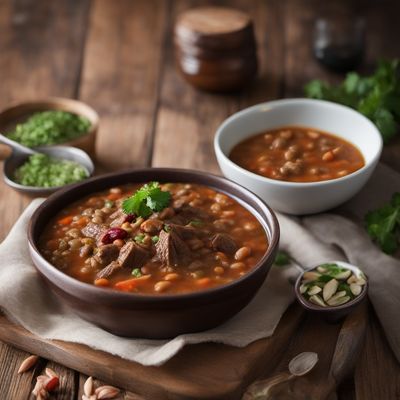
Porotos con Rienda
Hearty Chilean Bean Stew with Savory Beef

Fettuccine con Salsa de Mantequilla y Parmesano
Delicioso Fettuccine con Salsa de Mantequilla y Parmesano

Budae Jjigae - Fast Food Style
Spicy Korean Army Stew - Fast Food Edition

Greek Tomato and Orzo Soup
Mediterranean Delight: Greek Tomato and Orzo Soup

Mediterranean Ramen
Mediterranean Sea Ramen

Fettuccine con Salsa de Mantequilla y Parmesano
Delicioso Fettuccine Peruano con Salsa de Mantequilla y Parmesano
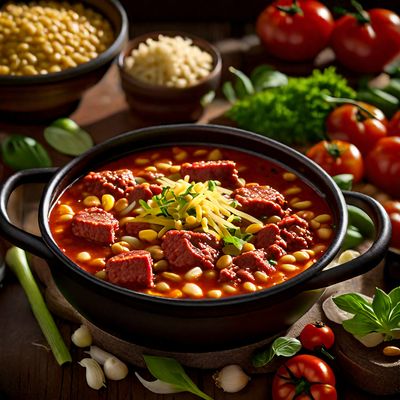
Budae Jjigae Italiano
Italian-inspired Army Stew
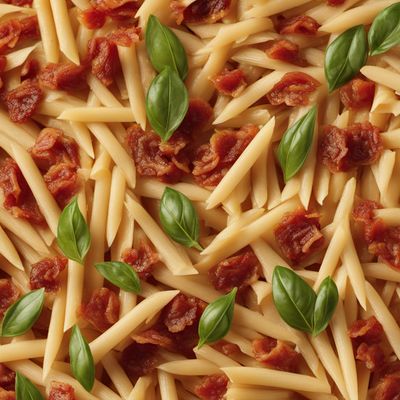
Lumachine alla Schegginese
Savory Spiral Delight

Lumache alla Bresciana
Savory Delight: Brescian-style Escargot Pasta

Nordic-inspired Alla Creta
Nordic Delight: Creamy Salmon Pasta with Dill
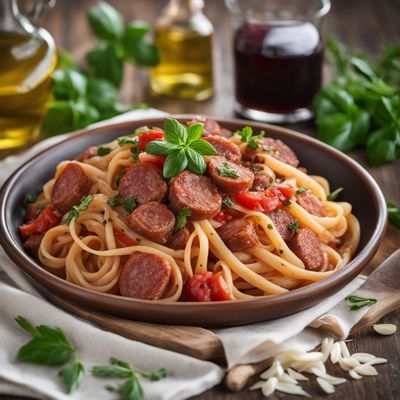
Gramigna Pasta with Sausage
Savory Delight: Gramigna Pasta with Flavorful Sausage
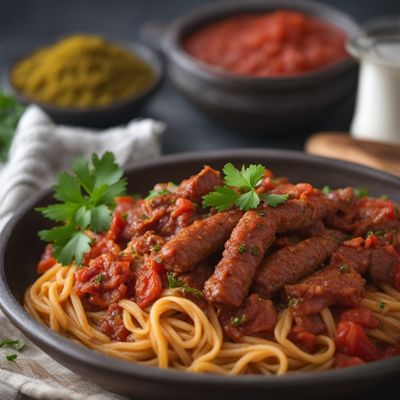
Pashtun-style Gramigna with Salsiccia
Spiced Pasta Delight: Pashtun-inspired Gramigna with Salsiccia

